5 Tips for Managing Math Centers
Whether you are a seasoned pro at running math centers or dipping your toes into the abyss of the math workshop, here are some tips to help your math block…
Math Professional Development Information
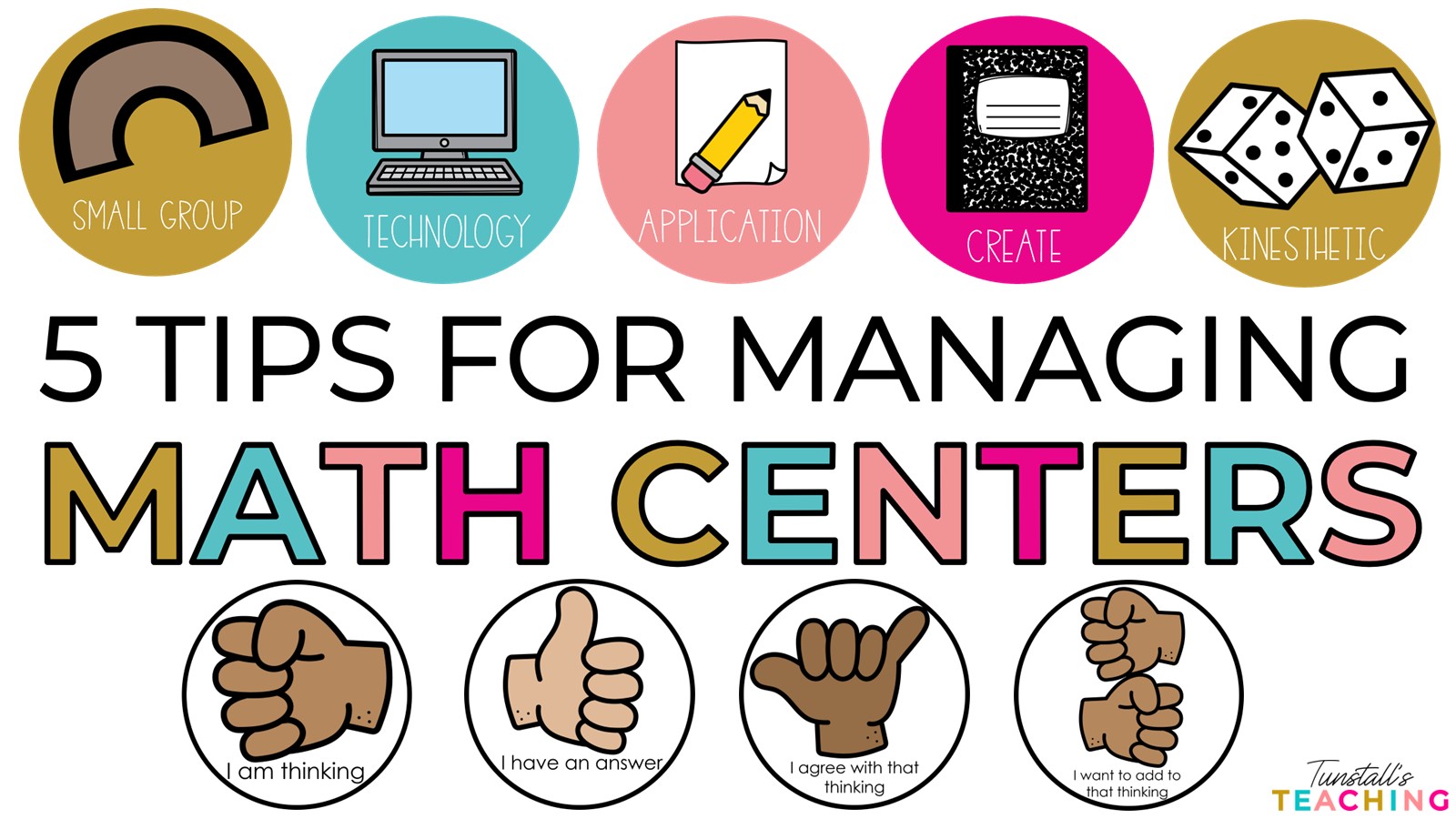
Whether you are a seasoned pro at running math centers or dipping your toes into the abyss of the math workshop, here are some tips to help your math block…
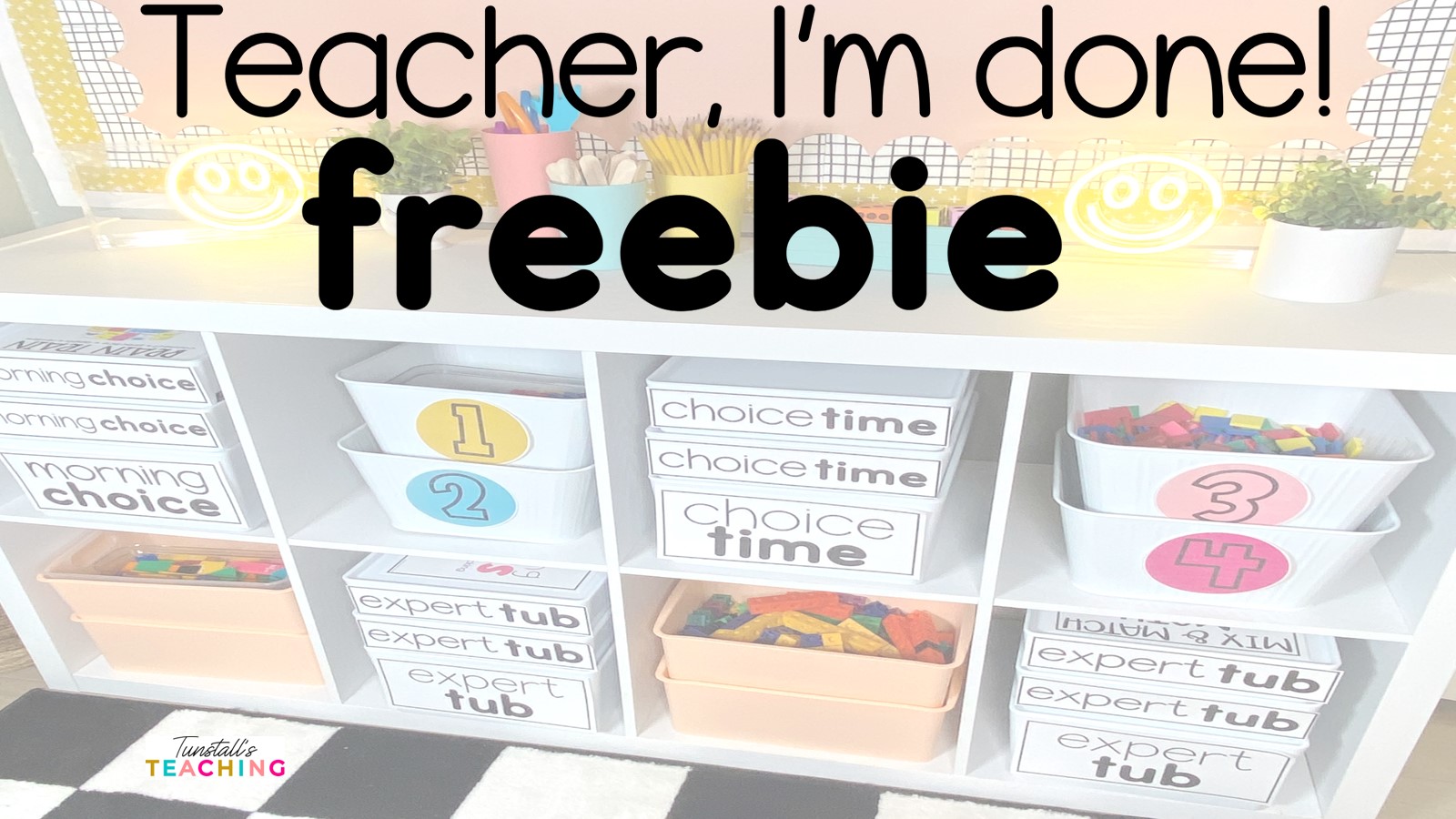
Teachers know students work at different rates, leaving the need for additional activities for those who finish before the allotted work time is complete. Offering engaging and differentiated choices keeps…
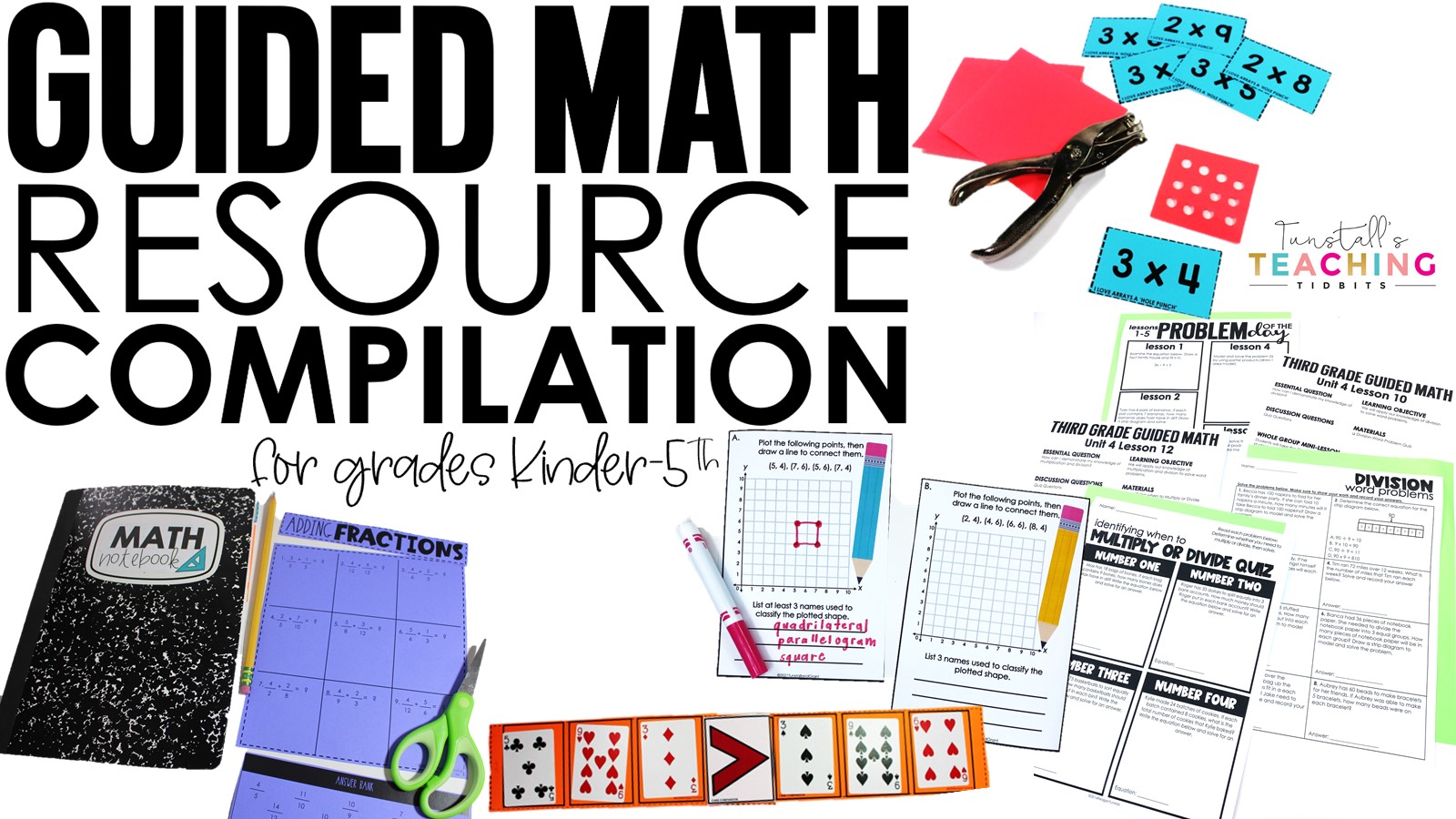
This post is a one-stop compilation of resources for teaching Guided Math in the elementary grades K-5. For ease of finding just what you need for your grade level, use…
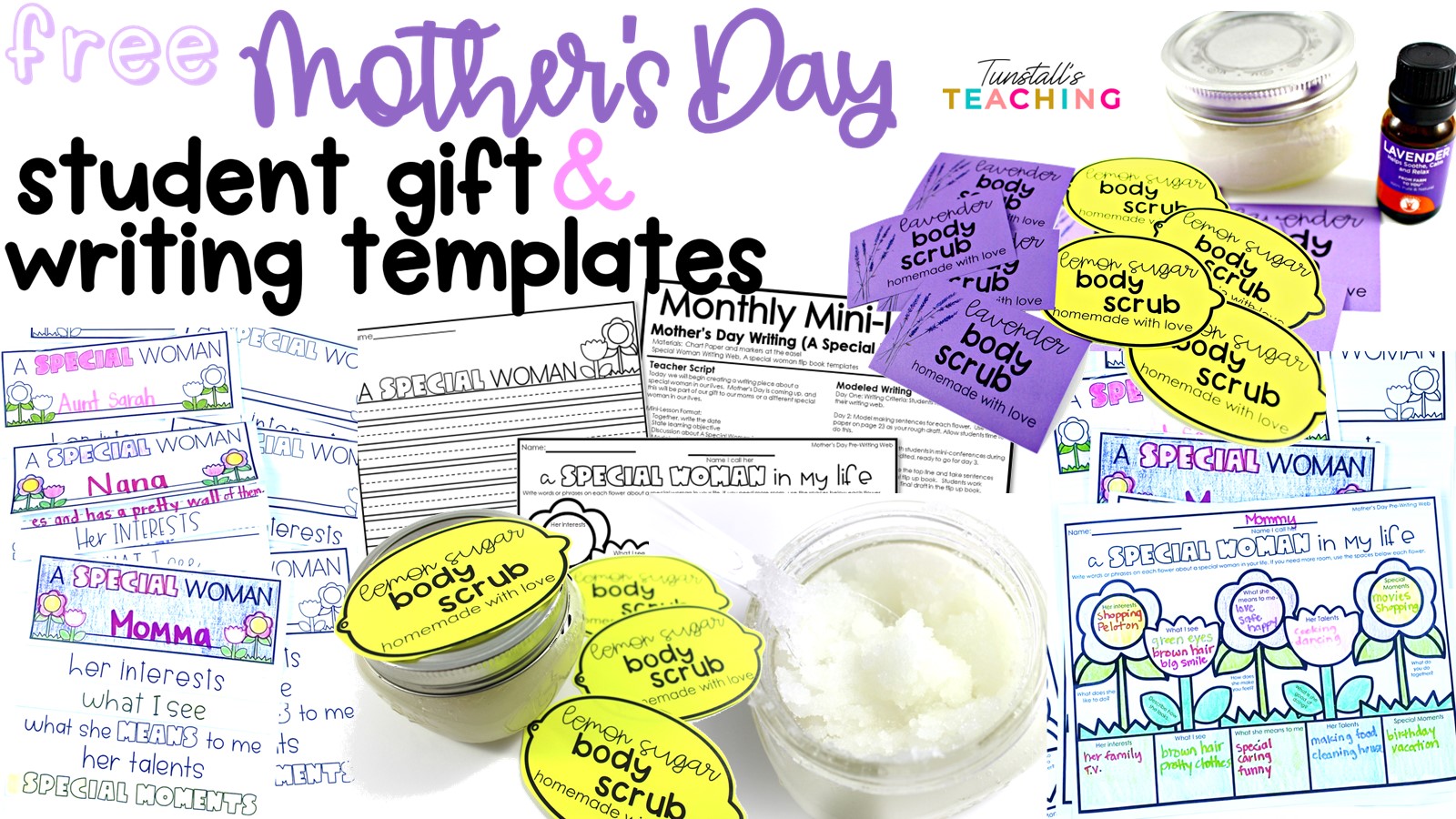
It’s almost May and that means we are 4th quarter teacher tired. We have a free Mother’s Day student gift plus writing templates to make celebrating moms, and other important…
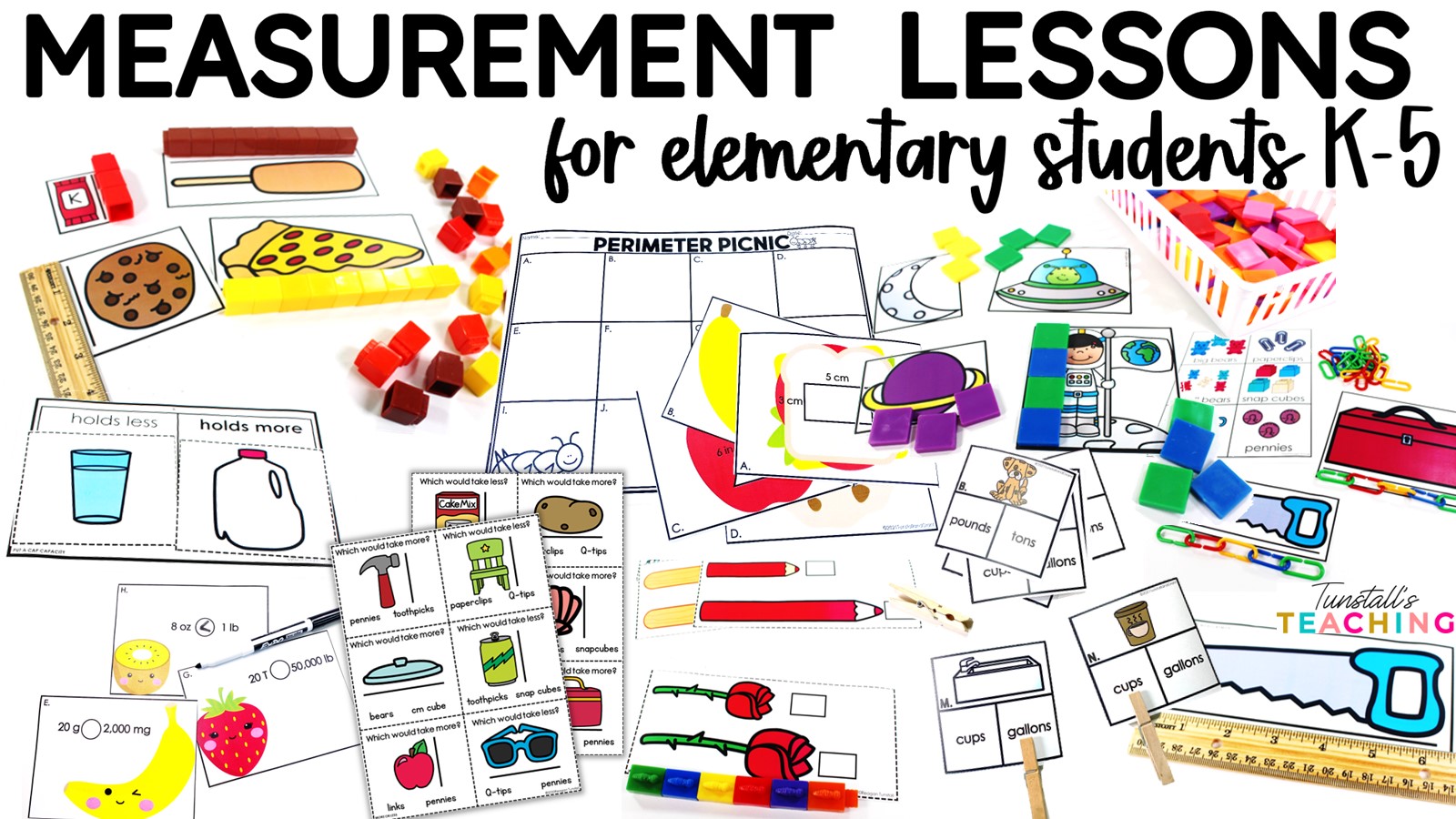
This round-up of measurement lessons for elementary students K-5 will double your ‘measure’ and double your fun! We’ve taken care of the task of vertical alignment, hands-on engagement, and lesson…
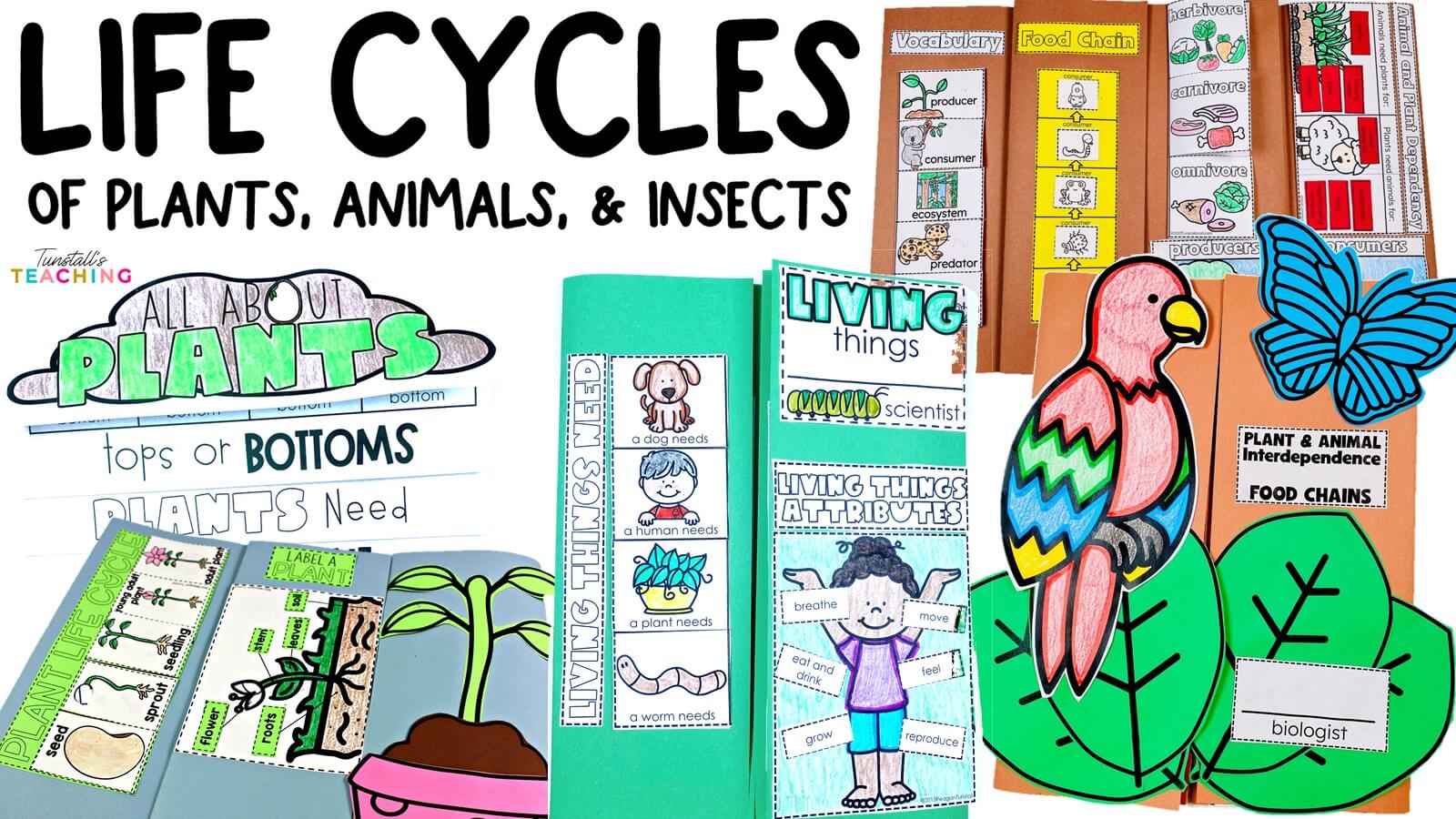
One of our favorite science topics is life cycles. Students are fascinated to find out about life cycles in animals. We discover that cycles can be found not only in…
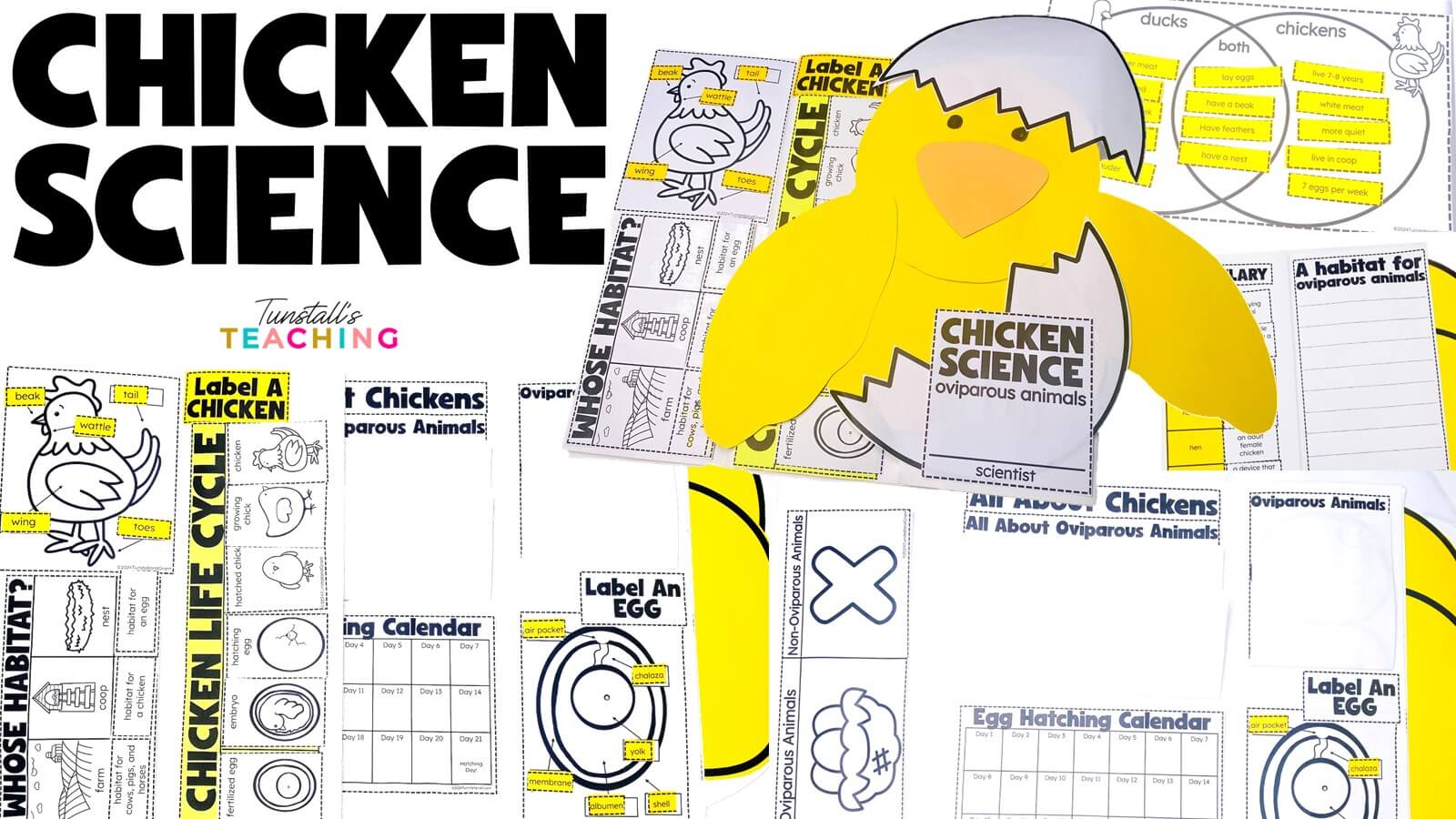
Create a memorable learning book about chickens and oviparous animals. These folding science lapbooks are interactive and make researching topics fun and manageable. Included In Chicken Science and Oviparous Animals How…
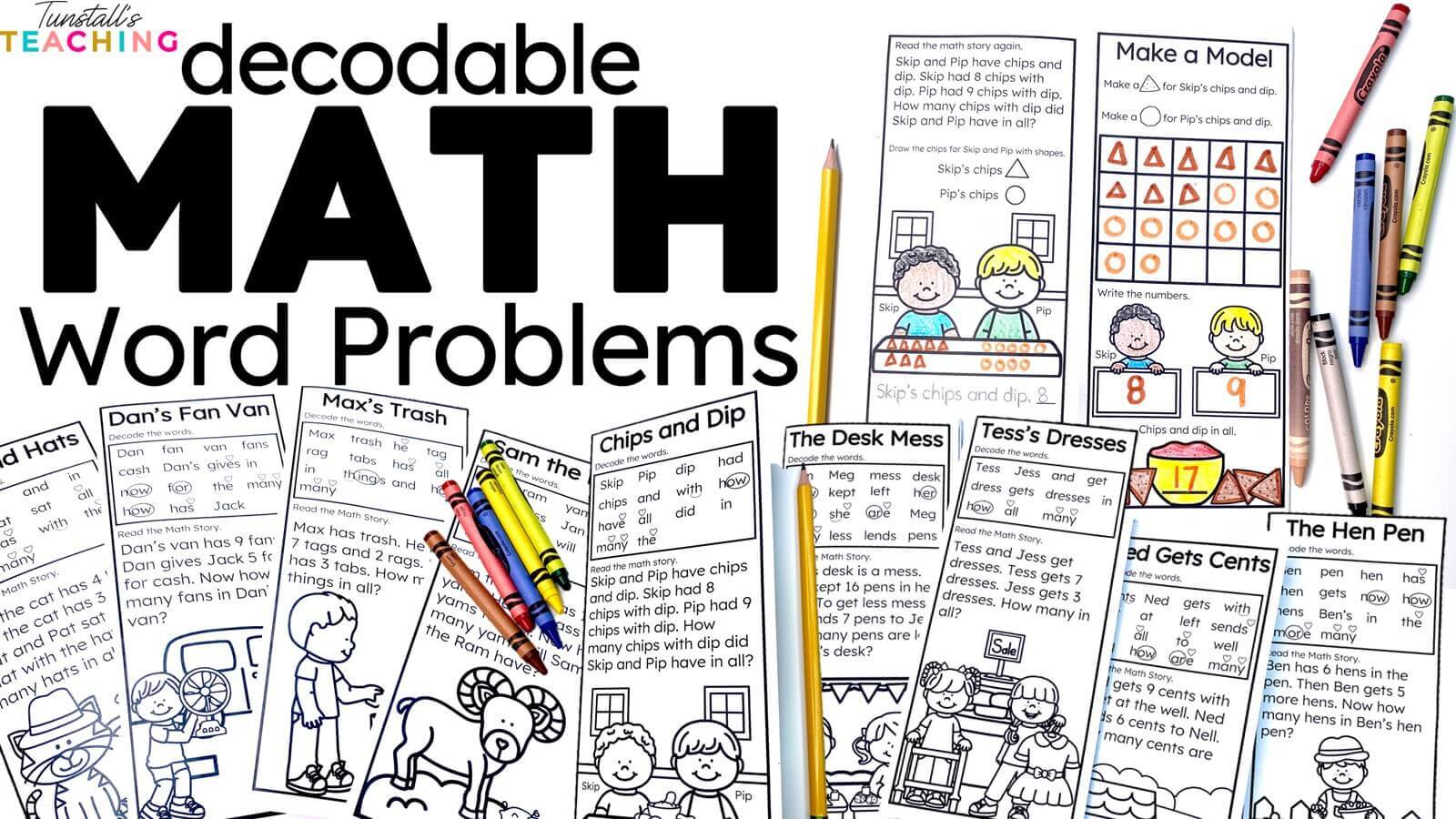
Math word problems would be easy to teach if it weren’t for the… words. It’s a universal issue for students who read below grade level (and some who even read…
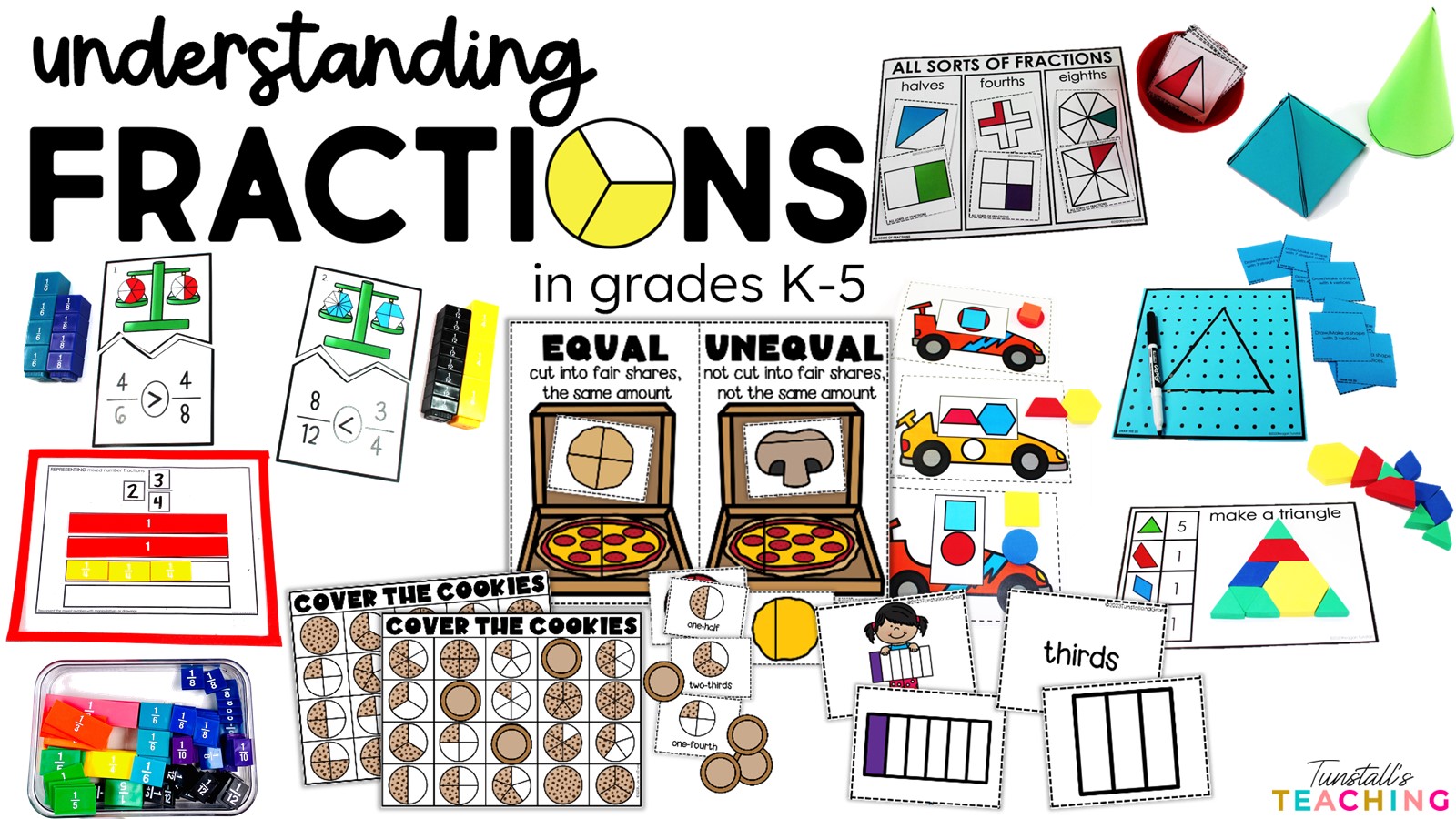
Being familiar with the standards vertically K-5 provides the big picture of how each grade level’s requirements work together to help students develop a deep understanding of fractions. Below we…
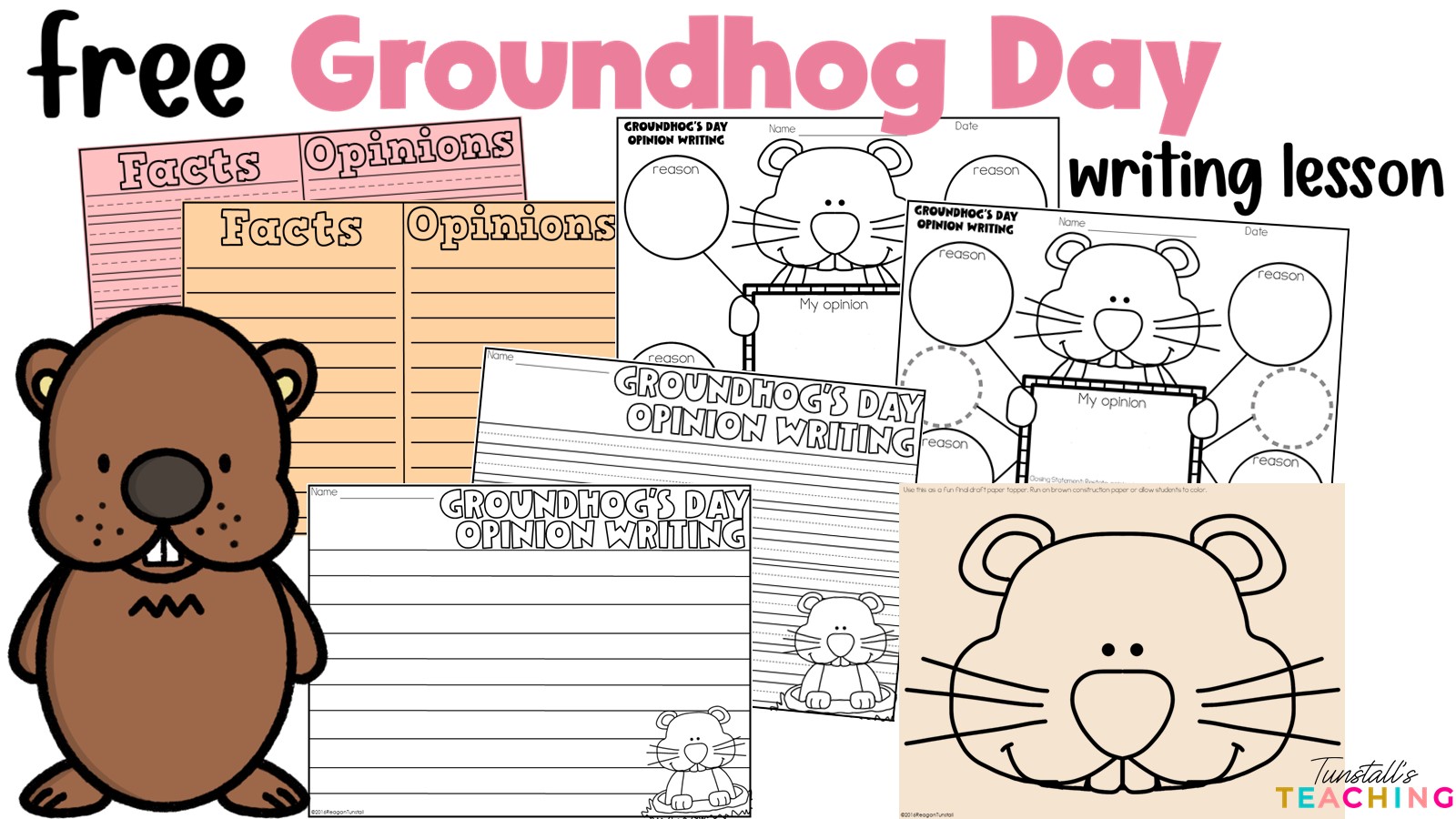
In this post, you’ll find a free Groundhog Day Fact and Opinion writing lesson to use before, during, or after Groundhog Day. We’ve also rounded up our favorite books and…
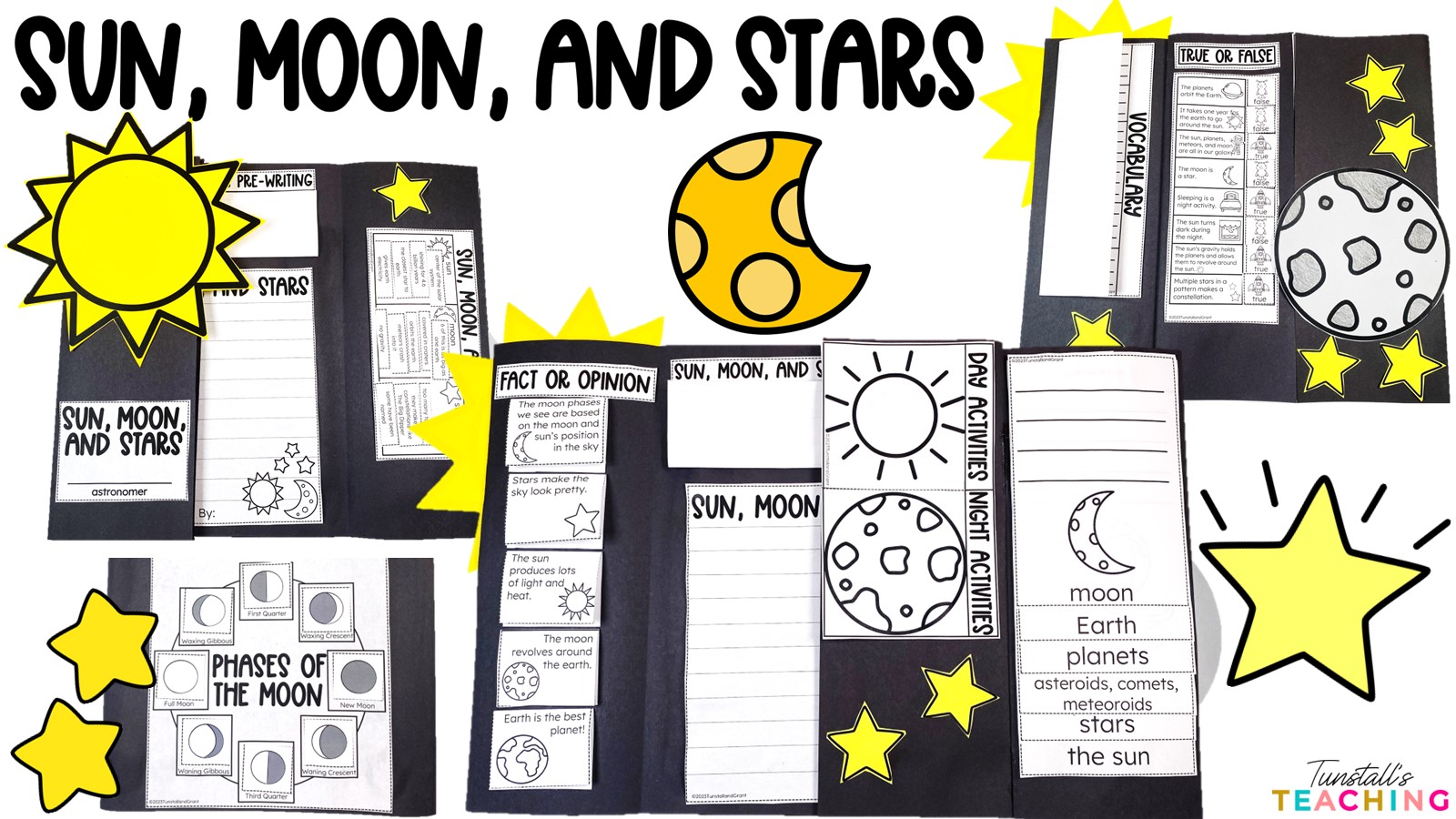
In this post, we have compiled our favorite activities, books, and videos for learning about the sun, moon, and stars. We keep all of the learning in a memorable folding…
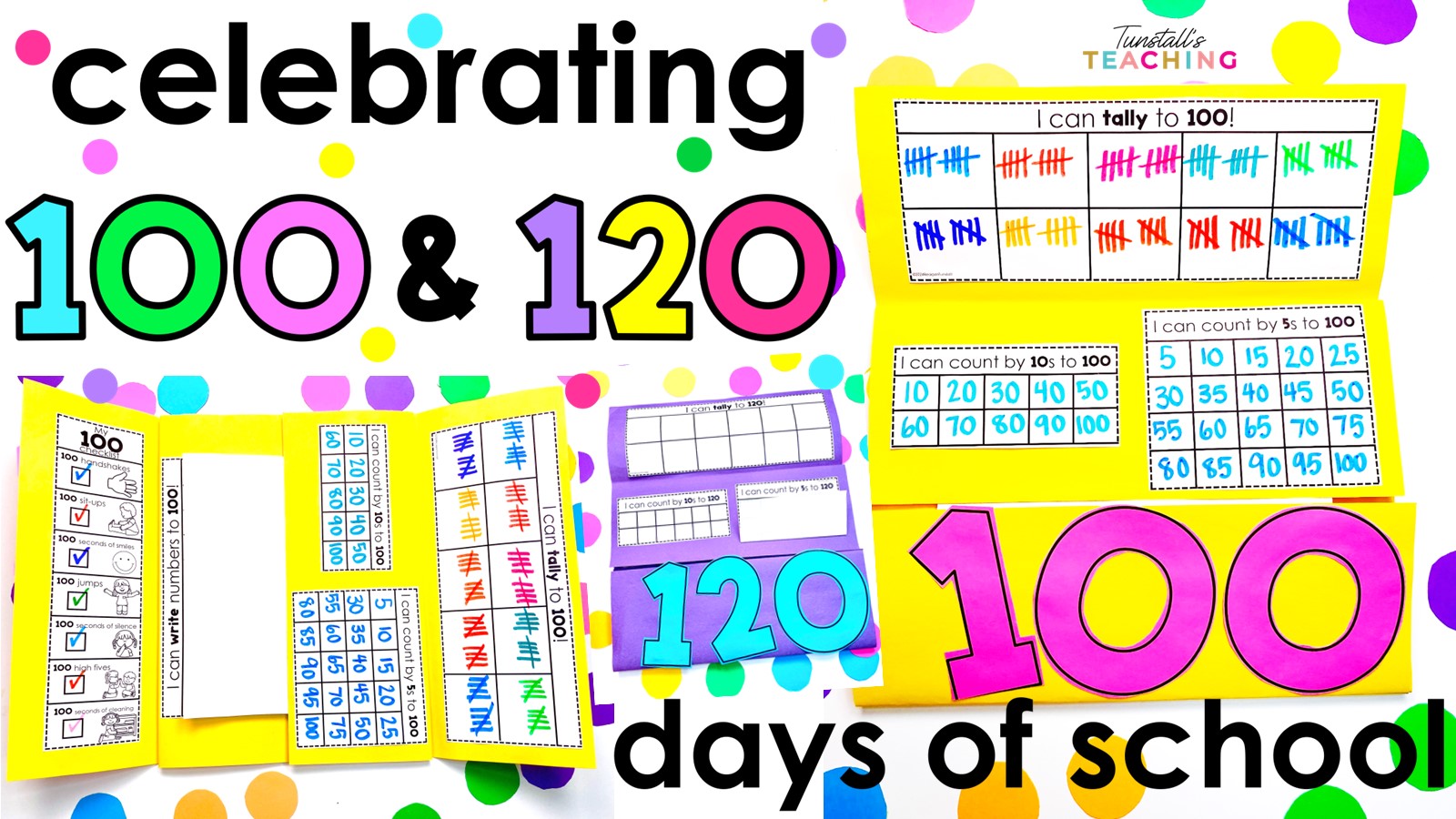
The 100 and 120 days in school milestones allow students to reflect on learning numbers, words, and representations while practicing counting, reading, and writing. Our 100- and 120-days-in-school celebrations all…
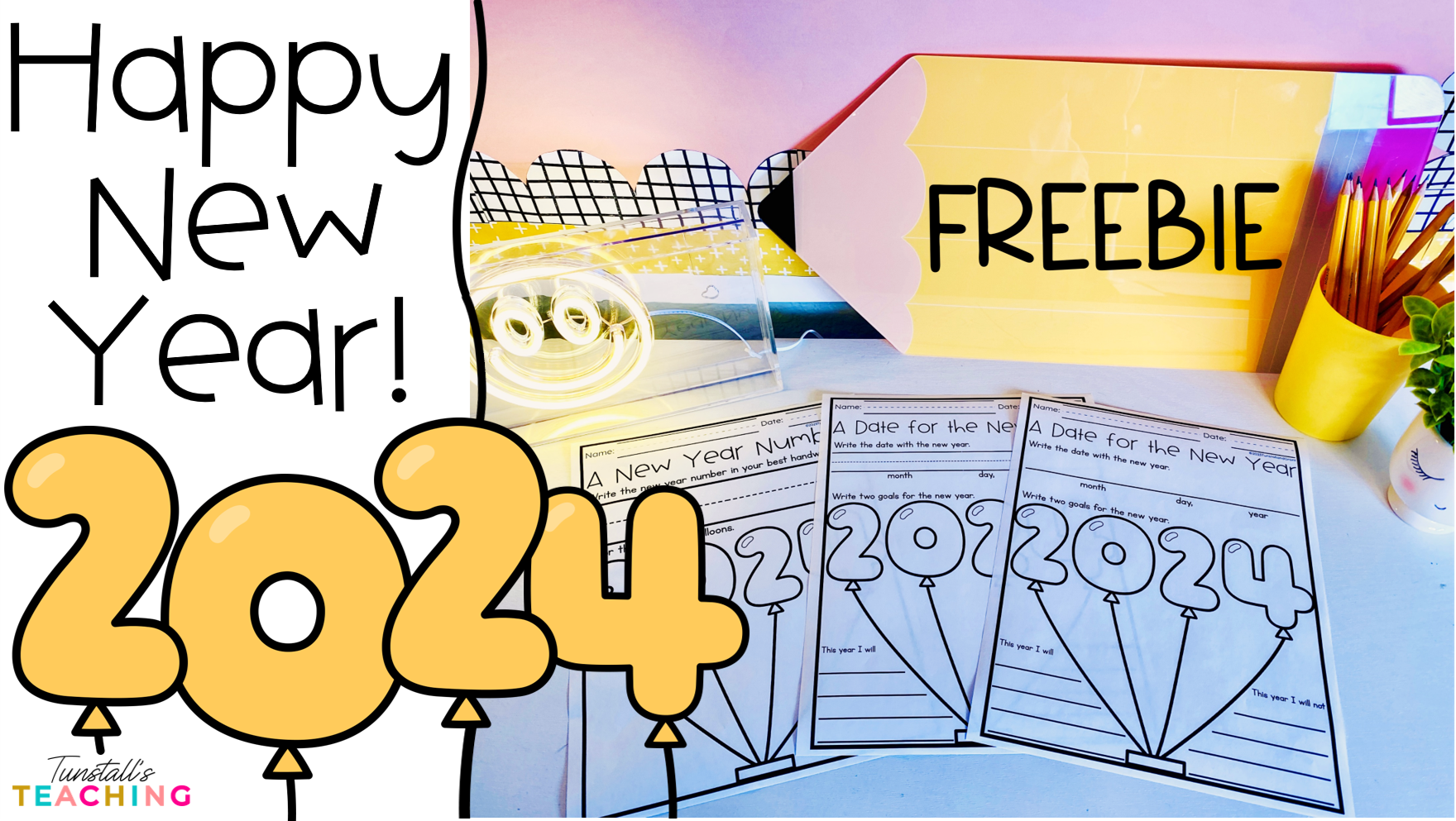
Happy New Year! Here’s a free New Year’s activities download just for you! This comes from our January Math and Literacy Resource. January Math and Literacy with Free New Year’s…
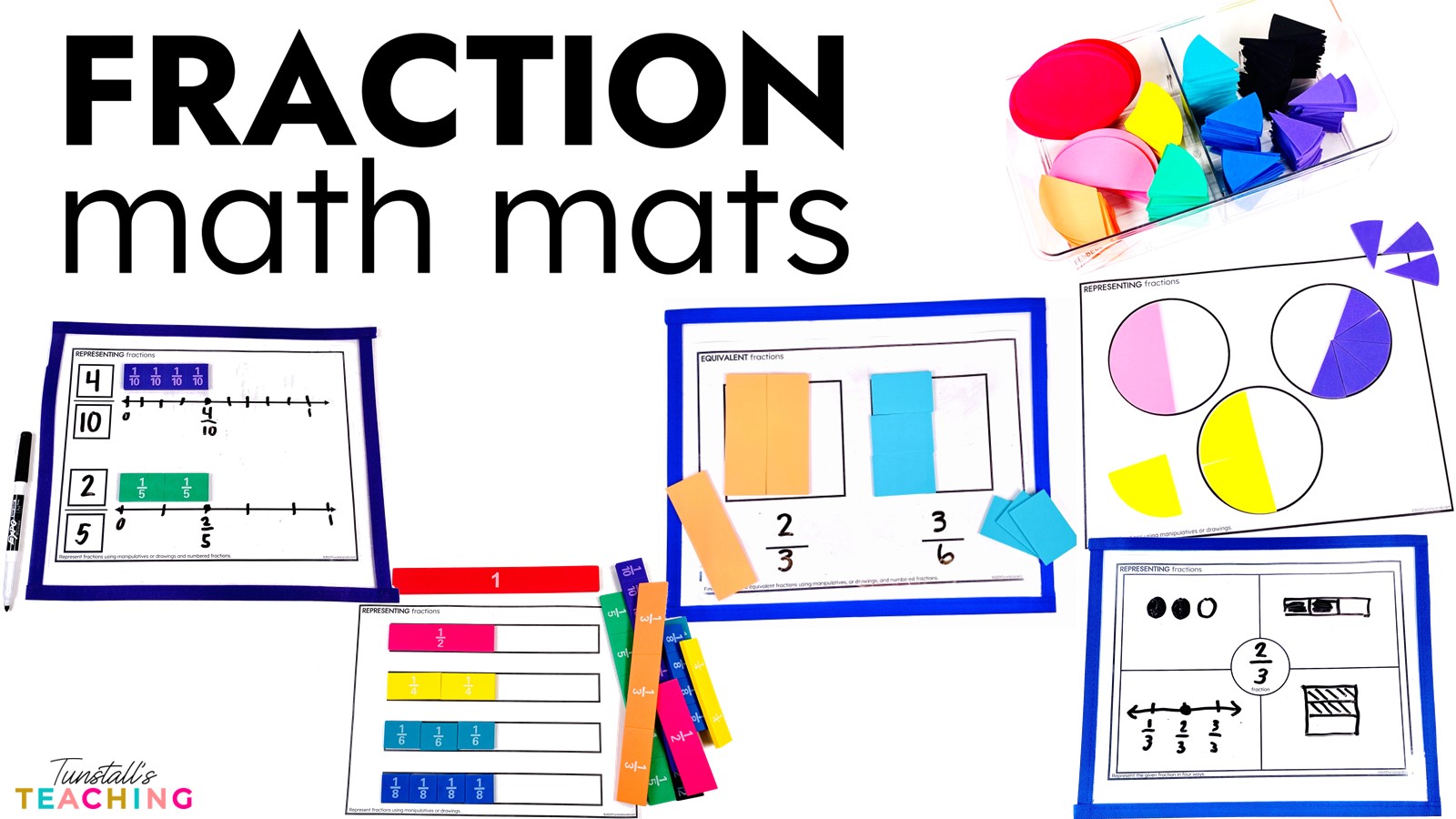
Fraction math mats support understanding of fraction concepts, models, and computations. Students will use manipulatives, drawings, or numbers to represent and compute varied fraction skills. Fraction Math Mats Fraction math…
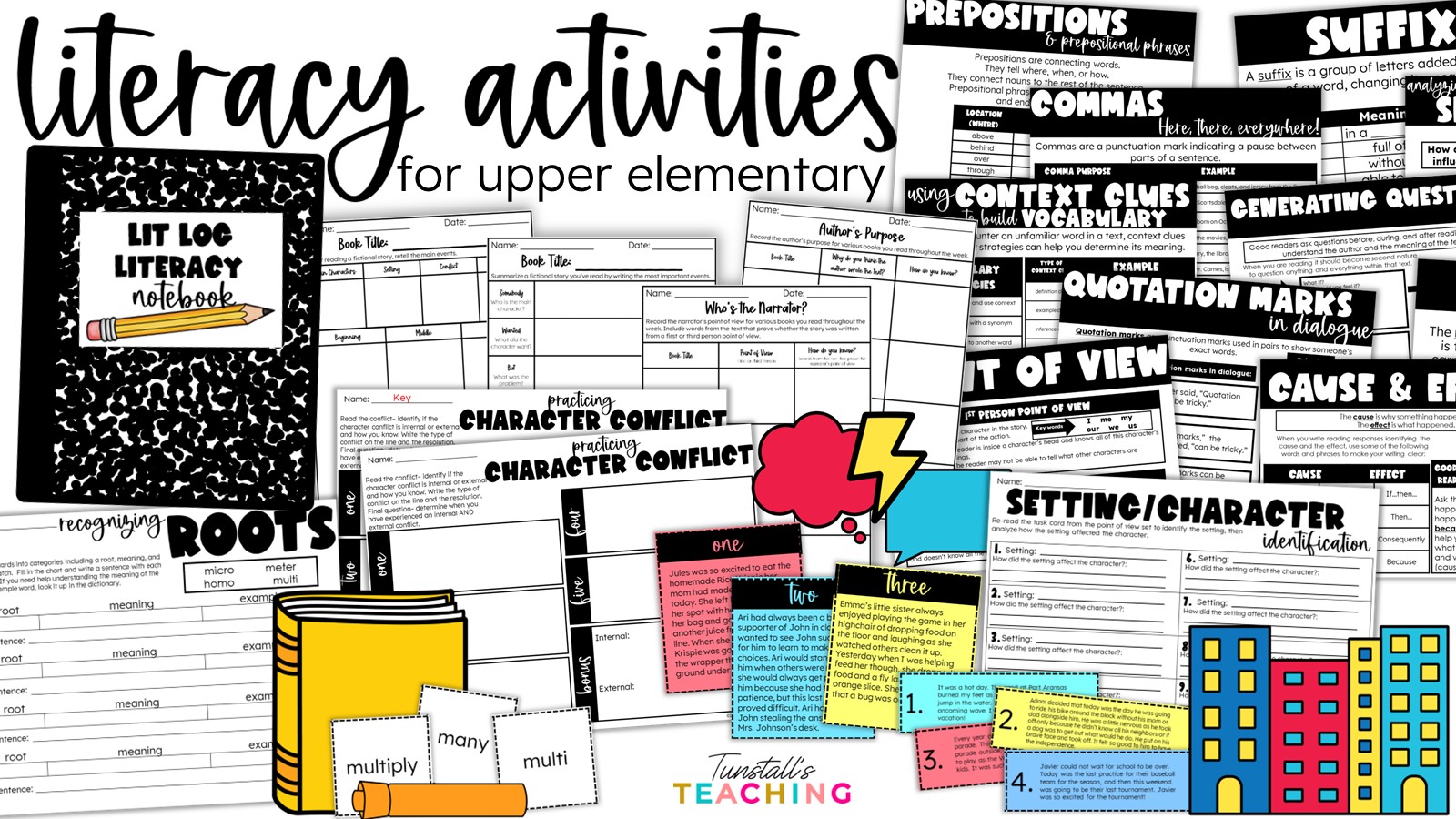
This post focuses on engaging literacy activities for upper elementary students. Have you been searching for more student engagement or varied ways to teach and apply essential literacy skills throughout…
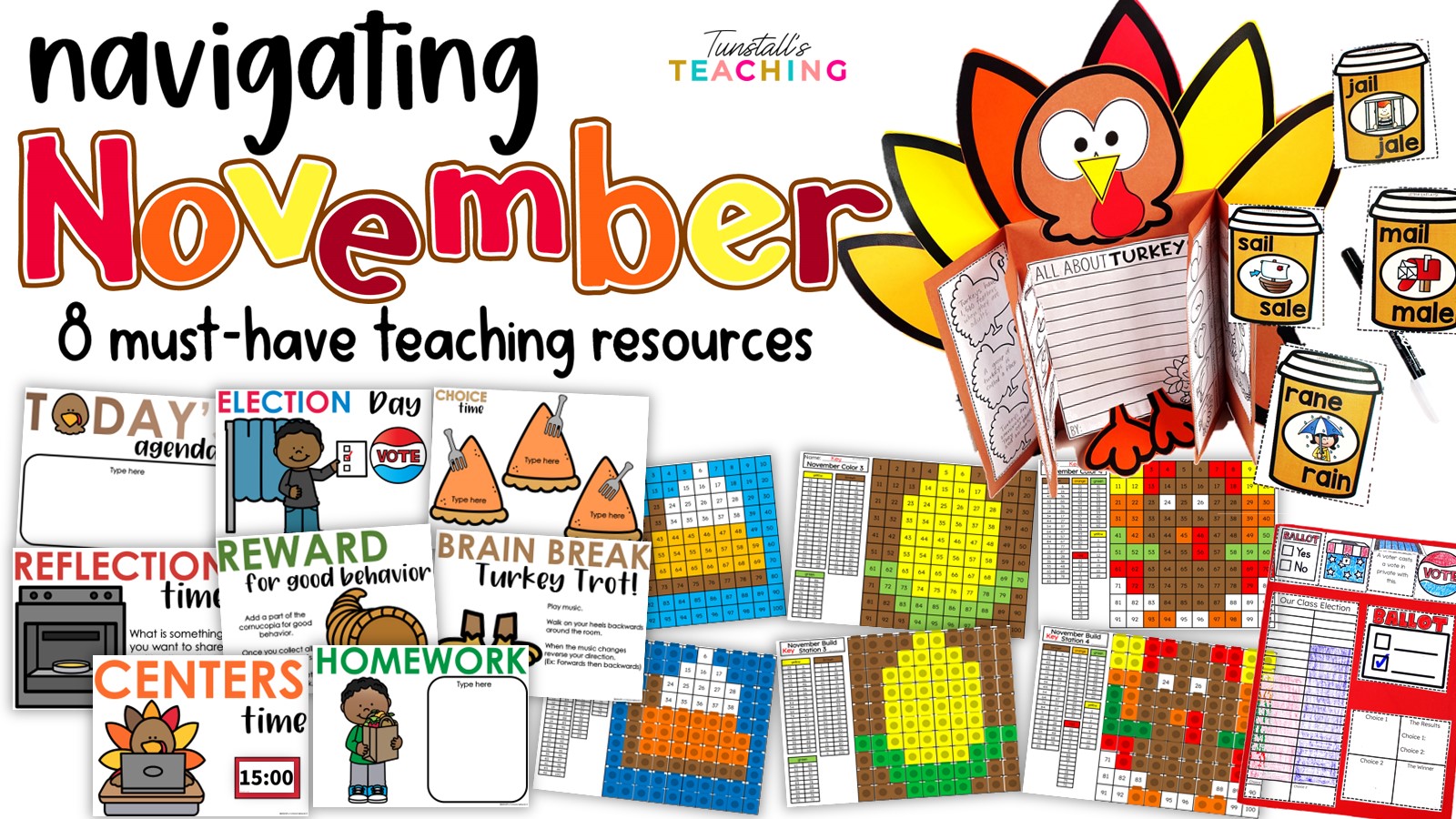
Let’s feast on a bounty of teaching resources for November. Each resource hits on different subject areas and standards, creating a cornucopia of content to make November inspiring for teachers…

Infuse some spooky (but sweet) fun into your October lineup with our RainBOO Printables. Our 30 Halloween printables provide multi-subject practice with some fang-tastic themes. 30 Halloween Printables Together with…
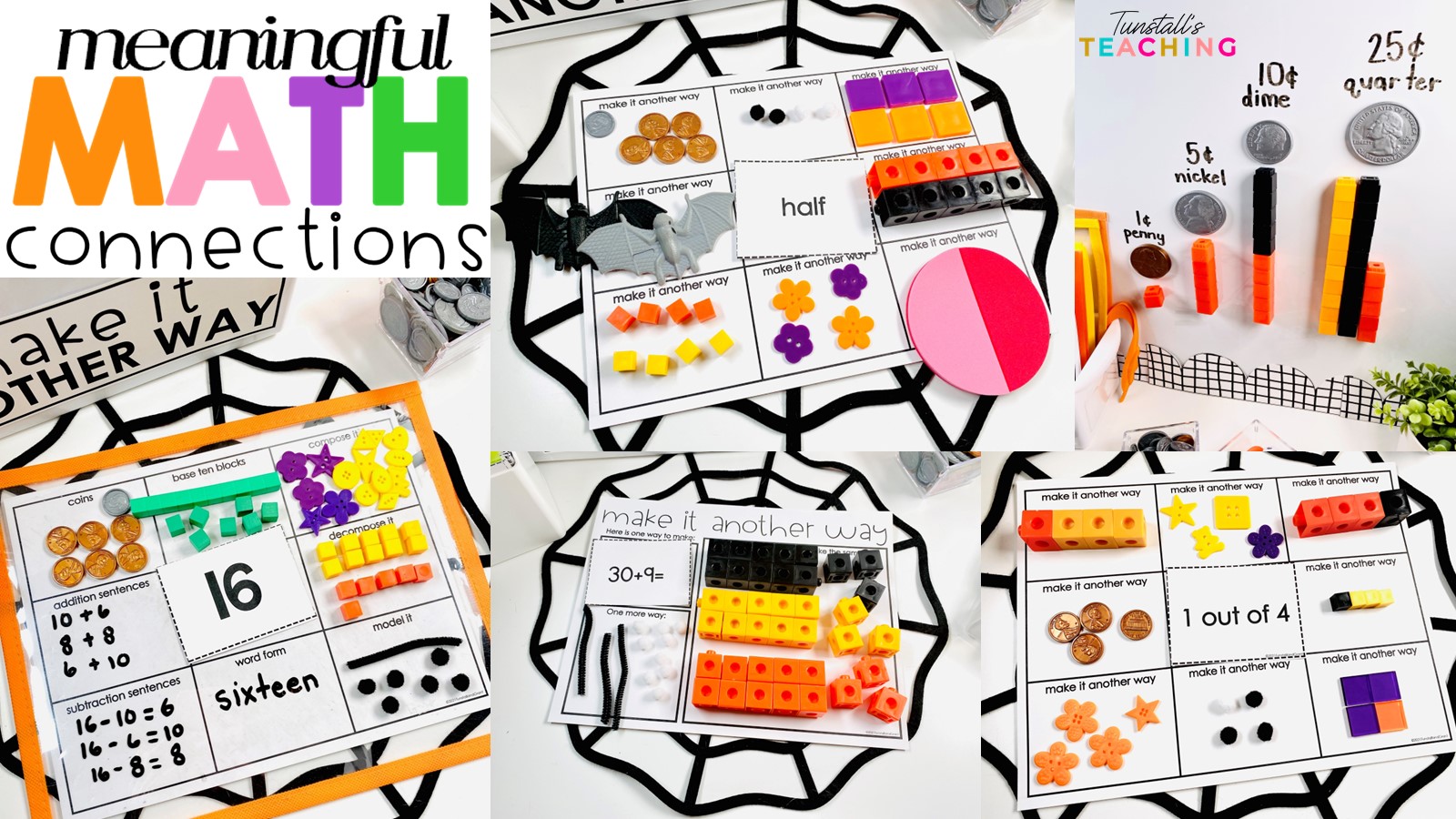
When we ask students to represent their math thinking, we provide a platform for students to connect more deeply and conceptually. In this post, we share simple ways to make meaningful…
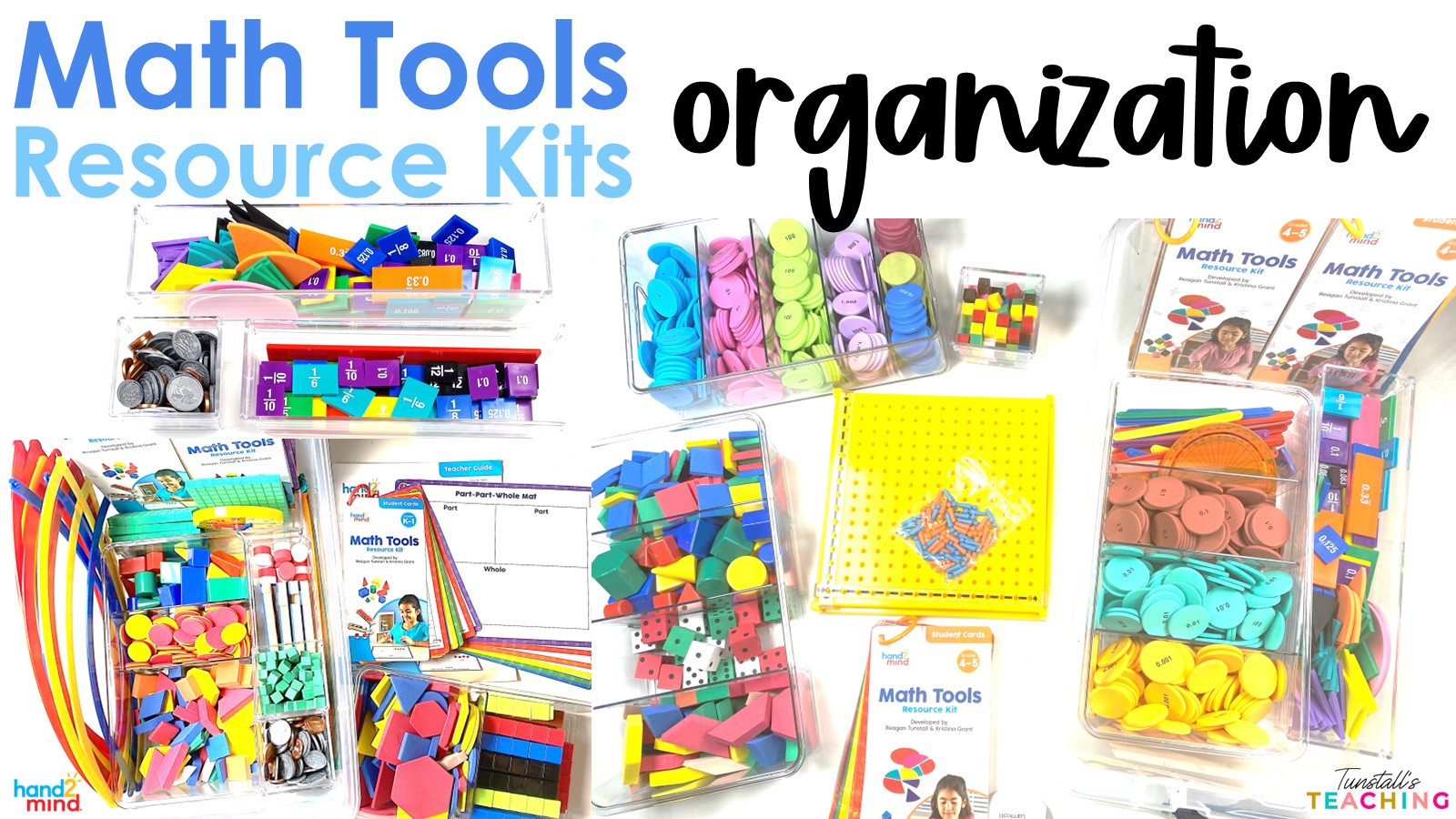
I shared a resource on social media and received a lot of interest on my organization of math manipulatives. Thus, in this post, you’ll find links for our Math Tools…
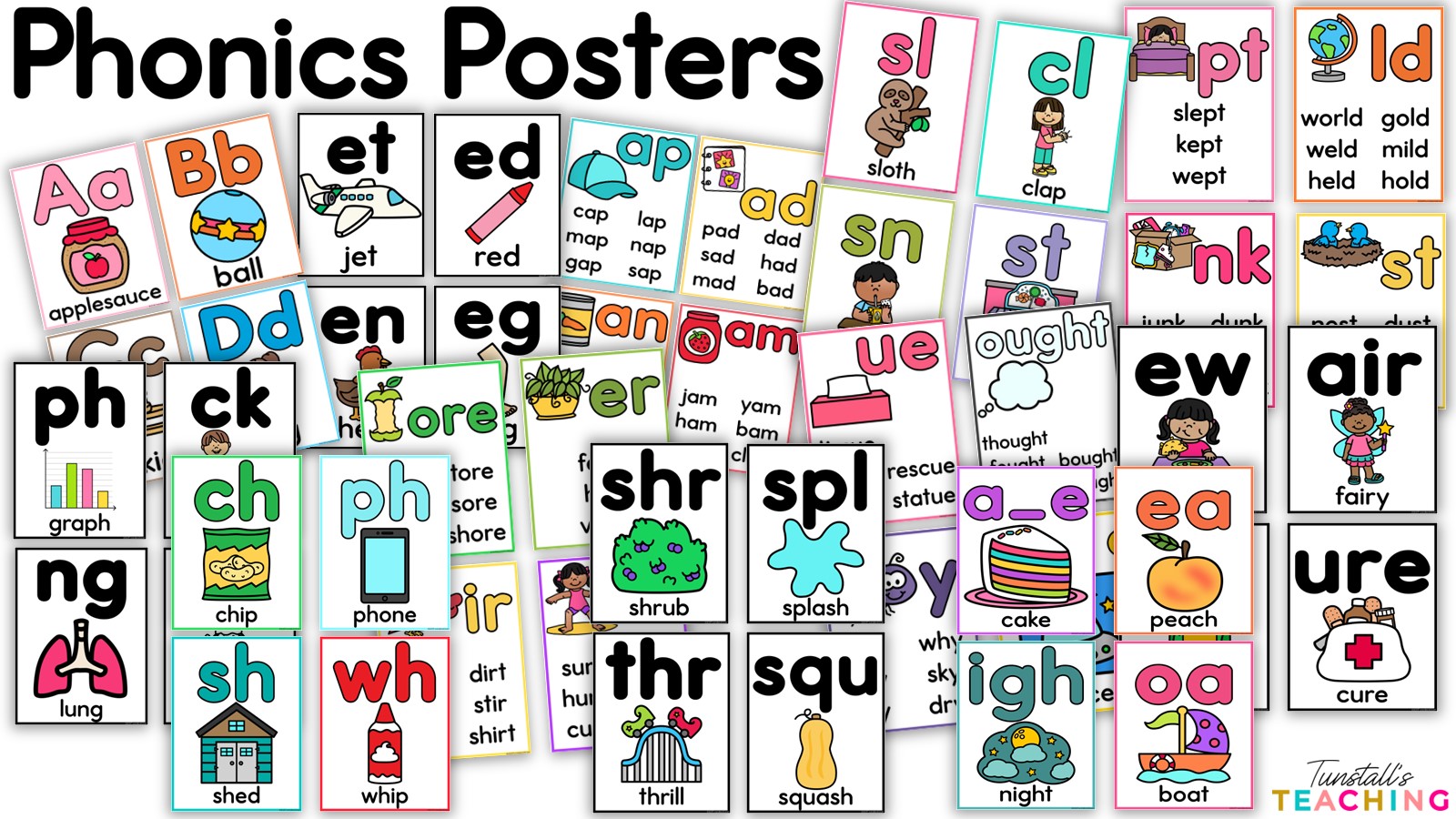
This post shares our latest and greatest Phonics Posters to support structured literacy. Why Should I Use Phonics Posters? Phonics posters provide students with an image connected to sound. As…
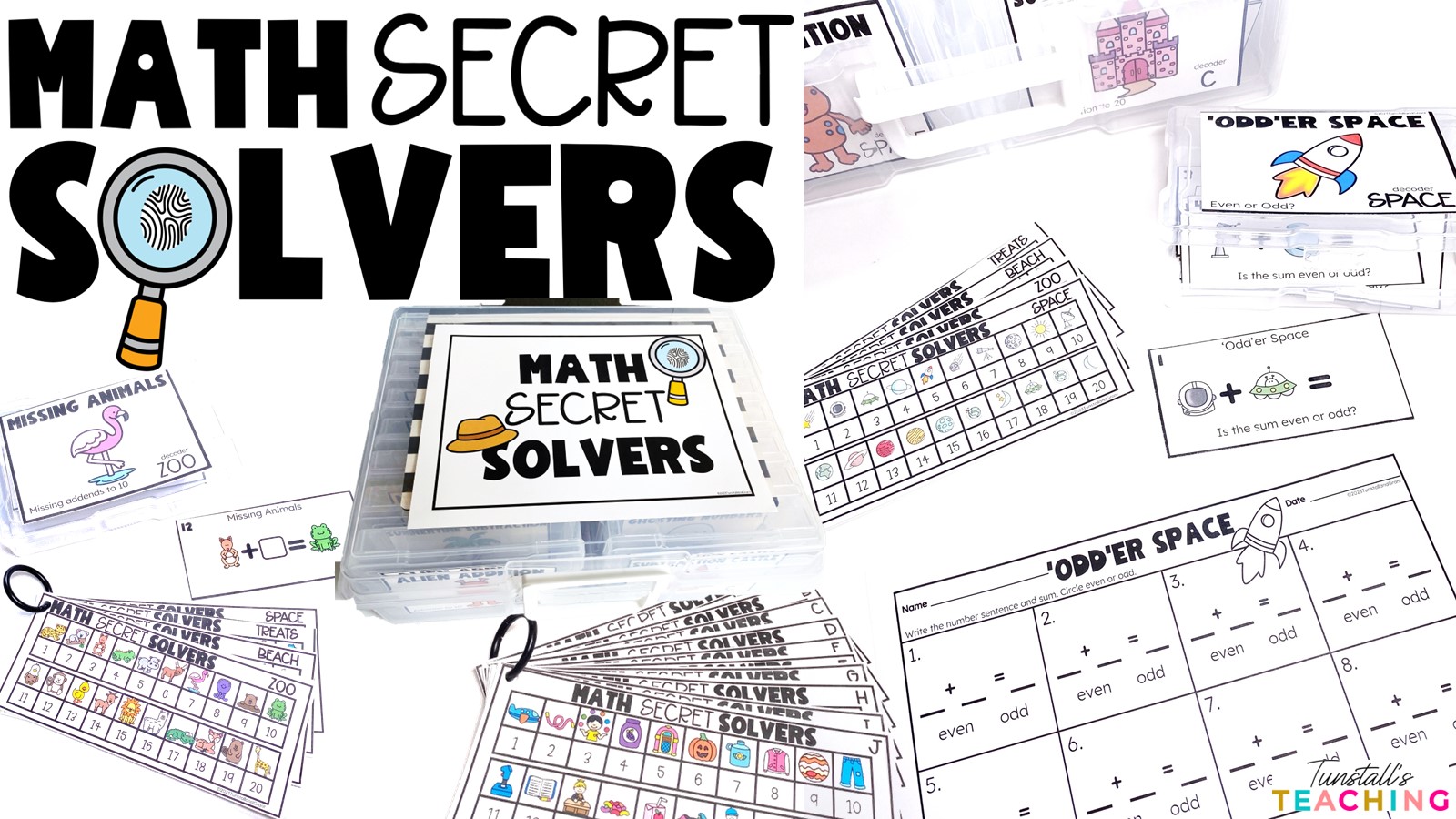
Math Secret Solvers turns your mathematicians into detectives. Add sixteen addition and subtraction stations to your math block with picture decoders, task cards, and recording sheets. Put the answer keys…
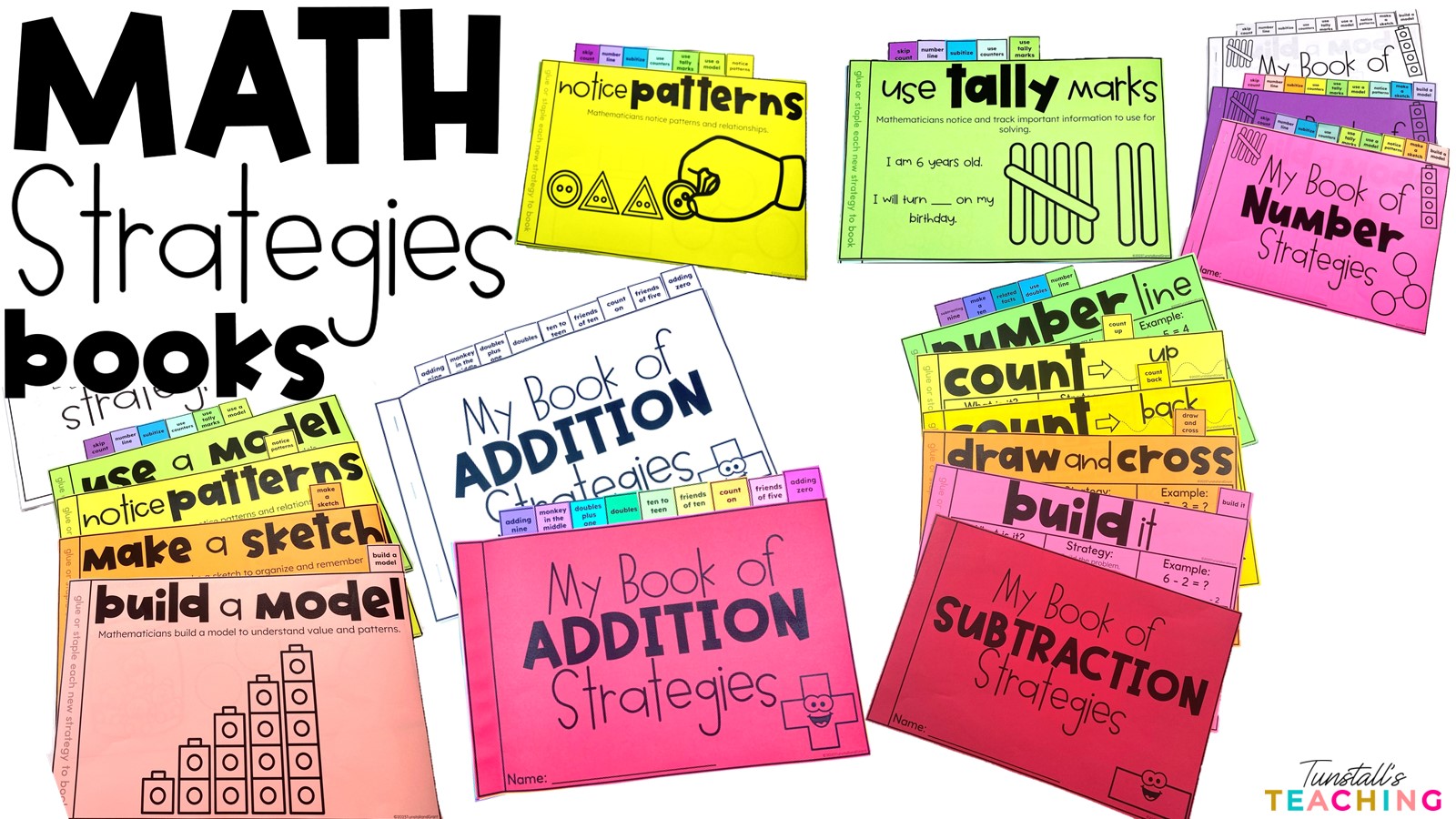
One of the ways to positively impact math instruction is through teaching math strategies by name and process, providing a visual of each method, and allowing students to anchor their…
End of content
End of content